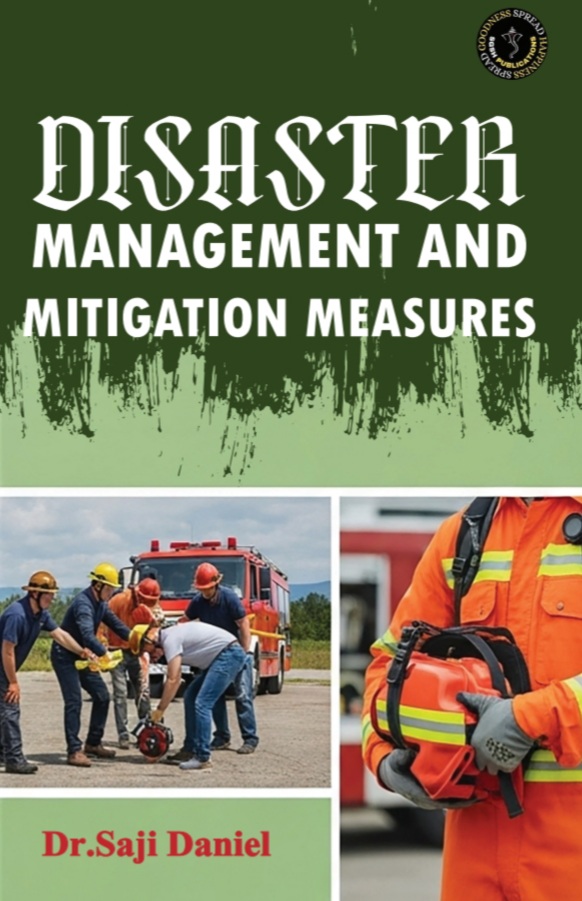The book DMMM is prepared based on the Mumbai University syllabus for final-year Engineering students of all branches. Disaster management is a systematic process designed to prepare for, respond to, and recover from natural or man-made disasters. The goal is to minimize the impact of disasters on human lives, infrastructure, and the environment. Disasters, whether caused by natural events such as earthquakes, floods, and cyclones, or by human actions like industrial accidents, fires, or chemical leaks, have far-reaching consequences. Disaster management is typically divided into four key phases:
1.Mitigation: Preventive measures are taken to reduce the potential impact of disasters. This includes land-use planning, constructing flood barriers, enforcing building codes in seismic zones, and public awareness programs.
2.Preparedness: This involves planning how to respond in the event of a disaster. Activities include developing disaster response plans, conducting drills, training first responders, and setting up early warning systems.
3.Response: The immediate reaction following a disaster focuses on saving lives, reducing economic losses, and alleviating suffering. It includes rescue operations, emergency relief, provision of medical aid, and restoration of essential services.
4. Recovery: Following a disaster, the focus shifts to restoring infrastructure, rehabilitating communities, and rebuilding the affected region. Long-term development and psychological support also form part of this phase.








Be the first to review “DISASTER MANAGEMENT & MITIGATION MEASURES”